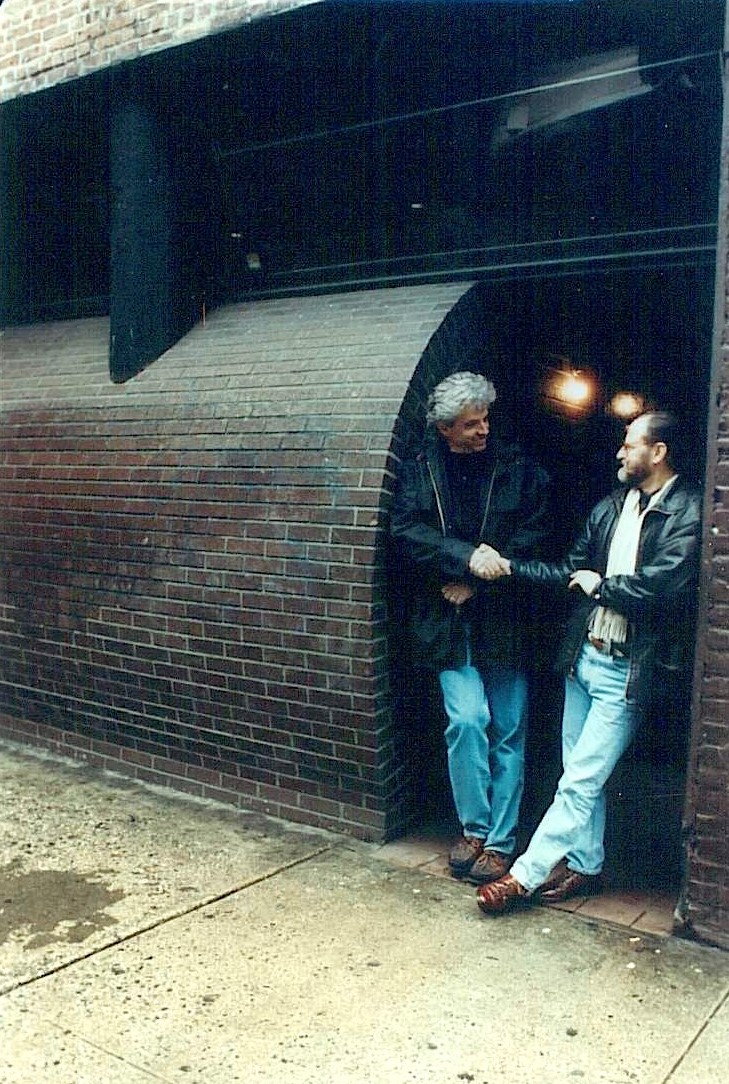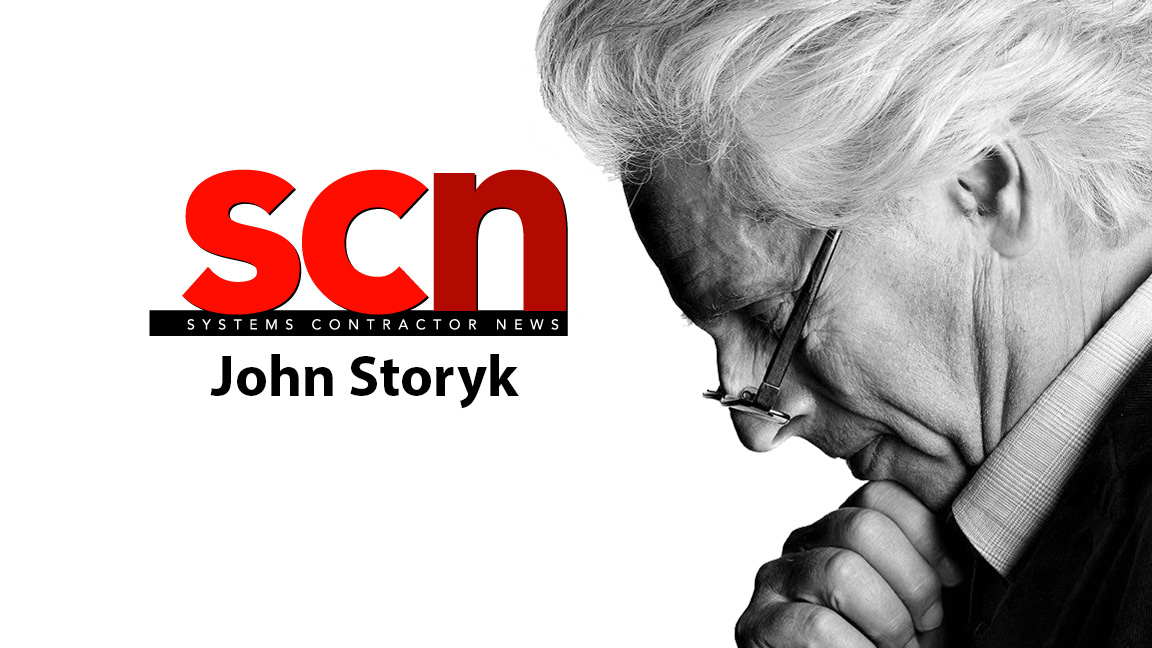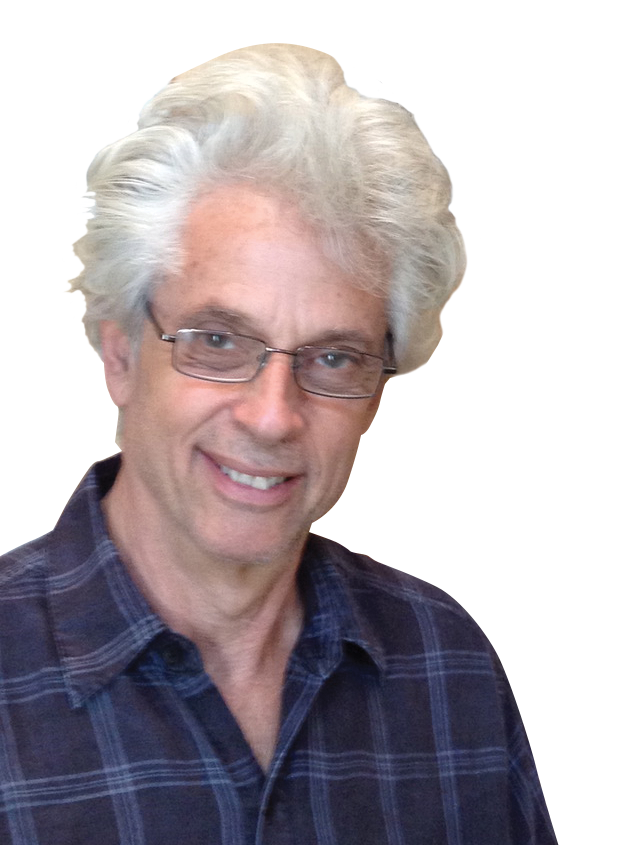This column continues to fascinate me—just the idea of dealing with success is enough of a challenge. I'm reminded of one of favorite pairs of words, in a foreign language, not to mention a language we don’t speak anymore.
Like most of us in high school in the 1960s, I had to study a foreign language. Several were offered, including Latin. Figuring that the Roman Empire had long disappeared, I studied Spanish, which turned out to be useful in my life, as my second home has long been on Mexico's Caribbean Coast. But two Latin words stayed with me: carpe diem. It literally means "pluck the day." For me, it has always meant "seize the moment," but more on what these words really mean later.
[Blueprint for Success: Always Look Forward, but Occasionally Gaze Back]
I believe everyone has at least one moment in their life that inspires them, changes their path, and keeps a creative flame alive. It is this flame that fuels success. During my life, that flame has flickered sometimes, burned bright most of the time, and every now and then has to be re-lit.
A Loss Changes Destiny
More on my story in a bit, but the time in history that I often dream about is architecture in the Italian Renaissance. It begins more than 600 years ago, almost exactly in 1402, with of all things an RFP (Request for Proposal).
Basically, the Baptistery (next to the great Florence Cathedral) was constructed between 1059 and 1128. It has stood there for all this time—but in 1401, the leaders in Florence decided to have a contest for to see who would create new bronze panels for the eastern pair of doors. It was the city's most prestigious public commission ever. Seven artists competed by submitting a sample bronze plaque. As history tells us, the winner was judged by more than 30 of Florence's most prestigious citizens.
I believe everyone has at least one moment in their life that inspires them, changes their path, and keeps a creative flame alive. It is this flame that fuels success.
The two finalists were Filippo Brunelleschi and Lorenzo Ghiberti, who did not like each other. I have seen the two test submissions many times (and to this day, they both look amazing), but as it turned out, Ghiberti was the smoother talker and won the award. These two masters hated each other for the rest of their lives, and their paths would cross again.
Brunelleschi became very depressed and moved to Rome with his younger partner, Donatello. They both studied ancient Roman sculpture and architecture, returned to Florence years later, and the rest, as they say, is history. Brunelleschi went on to submit what is possibly the most famous response to an RFP in architectural history, solving the design and construction of the dome for the then incomplete Cathedral of Santa Maria del Fiore.
The western architectural world was never the same. Brunelleschi went on to create what for me are defining works of architecture for the next 30 years—buildings and spaces that changed our world. I always wonder what would have happened had he won the Baptistery doors contest. It was a life-changing moment for him. He had "seized the moment." Serendipity had struck, although I often wonder if Brunelleschi was aware of that happening at the time. We will never know.
[On Your Business: Leadership Lessons from Ted Lasso]
Until the past two years (thanks, COVID), I had religiously lived in Florence at least for a few days every year, visiting those buildings and works of art. Usually, I visited them almost in the same order that Brunelleschi created them, ending at the two he didn’t get to see complete—Pazzi Chapel and the Church of Saint Spirito—both completed after his death.
On my most recent visit just a few weeks ago, I added what I now know to be his last work, the mechanism for a large clock on a church about 15 miles north of Florence. This mechanical assembly of gears and levers, about the size of a small refrigerator, was lost for almost 300 years and then found in the church's basement. I smiled when I learned that he had never been paid for his work—his grandson negotiated a payment many years after Brunelleschi’s death. It appears even the great Brunelleschi had client collection issues from time to time.
My Own Serendipity
Back to carpe diem—seizing the moment. Like that image at the end of Spielberg’s Forrest Gump, is it possible that a small floating feather can change the events on the other side of the world in larger-than-life ways? I believe so. Those two Latin words have been the root of serendipity striking so many times.
My story might not have changed the world, but it changed my life. No, I did not lose a contest for two church door panels, but one summer evening in 1968, I found myself waiting for ice cream at a small downtown Manhattan shop.
[Viewpoint: Hidden Safety Concerns Should Be Top Priority for Event Productions]
Like others in a time with no cell phones, I passed the time reading the want ads in a local newspaper. Life was exciting that summer—Village apartment, my blues band was on its way up, my daytime filled up as a budding architect, New York City was exciting, etc. One ad in particular caught my fancy. It read (more or less):
"WANTED: Carpenters to work for free on Experimental Night Club"
One dime in a pay phone and an hour later, I found myself meeting an interesting artist who had an idea for an experiential sensorium, kind of a cross between a nightclub and theater, in downtown Manhattan (the name Soho was just unfolding.) I love carpentry and I thought it would be fun, so I agreed to work on the club at night—but only if they allowed me to redesign the club, which I did.
Four months later, the club was on the cover of Life magazine. Anyone who was interested in the arts in New York City went to Cerebrum at least once before its life ended the following summer. One such visitor was Jimi Hendrix, who along with his manager had decided to purchase the lease on The Generation Club. It was the very blues club I used to go to a few years earlier during college, because I was in a blues band and it was located in the basement below a theater designed by an obscure European architect, Frederick Kiesler, whose work I greatly admired. Talk about serendipity!

Back to the story—Jimi asked his manger to seek out the designer of Cerebrum. You can imagine a carpe diem moment for me when I got a call from his office inviting me to design this club, which I did, only to have Jimi's producer/engineer, Eddie Kramer, convince the team to scrap the club and create a recording studio (another carpe diem moment, as I wanted to strangle Eddie).
Somehow, despite the fact that I reminded everyone I had never been in a studio, they trusted me and Eddie to create what became Electric Lady Studios. My life changed on a dime, arguably the same dime I used to make the phone call at the ice cream store.
Our serendipity antennas have been raised ever since. Keeping them focused and in tune is the hard part; turning static to music should be part of everyone’s "blueprint for success."

